The Sweet Debate: Monk Fruit vs. Stevia Sweeteners Unveiled
In the realm of sugar substitutes, the choice between monk fruit vs stevia sweeteners is a topic ripe for exploration. Both have gained traction in the healthy living community, but how do they stack up against each other? This blog post delves into their origins, health benefits, and culinary uses to help you make an informed decision tailored to your dietary needs and preferences.
The quest for healthier living has led many to reconsider their dietary choices, especially their sugar intake. As a result, the demand for natural sweeteners has surged. Amidst this shift, monk fruit and stevia stand out as popular alternatives, promising sweetness without the unwanted calories or glycemic impact. But to choose wisely, one must first understand what sets them apart.
Background on Sugar Alternatives
The journey from artificial sweeteners like aspartame to natural alternatives such as monk fruit and stevia marks a significant shift in consumer preferences. These natural substitutes are not just a knee-jerk reaction against artificiality but a conscious choice driven by the rising health consciousness among consumers. See more on the dangers of “fake sugar” here…
Rise in demand for healthier options: The global shift towards healthier lifestyles has fueled the demand for sweeteners that offer the taste of sugar without its health drawbacks.
The shift from artificial to natural sweeteners: Increasing awareness of the potential health risks associated with artificial sweeteners has led consumers to seek natural alternatives.
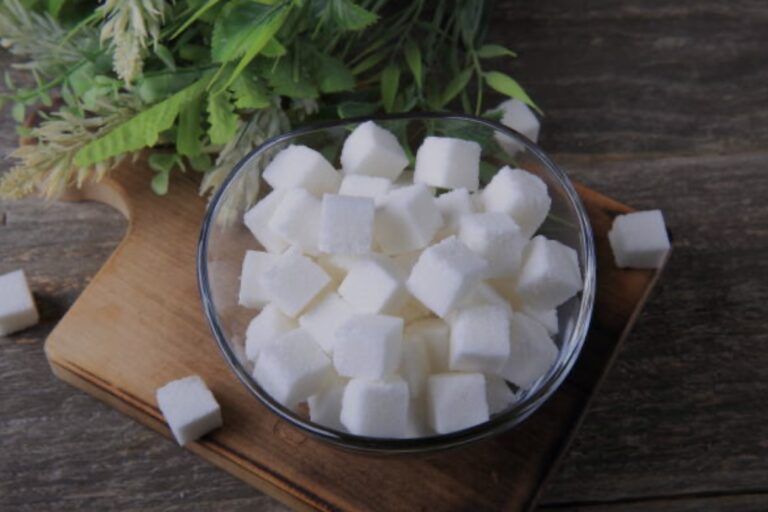
Introduction to Monk Fruit and Stevia
Origins and historical uses
Monk fruit: Native to Southeast Asia, monk fruit, also known as Luo Han Guo, has been used in traditional Chinese medicine for centuries. Its sweet taste and purported health benefits made it a valuable commodity.
Stevia: Derived from the leaves of the Stevia rebaudiana plant native to South America, stevia has been used for hundreds of years by indigenous peoples for its sweet leaves and medicinal properties.
Recent popularity and market growth
Both monk fruit and stevia have seen a surge in popularity in recent years, thanks in part to their appeal as zero-calorie sweeteners that do not raise blood sugar levels. This has led to increased market growth and the introduction of a wide range of products incorporating these sweeteners.
Purpose of Comparison
Understanding the differences between monk fruit and stevia is essential for consumers aiming to make healthier choices. This comparison seeks to provide a thorough understanding of each, evaluating taste, health implications, environmental and economic aspects, and practical considerations.
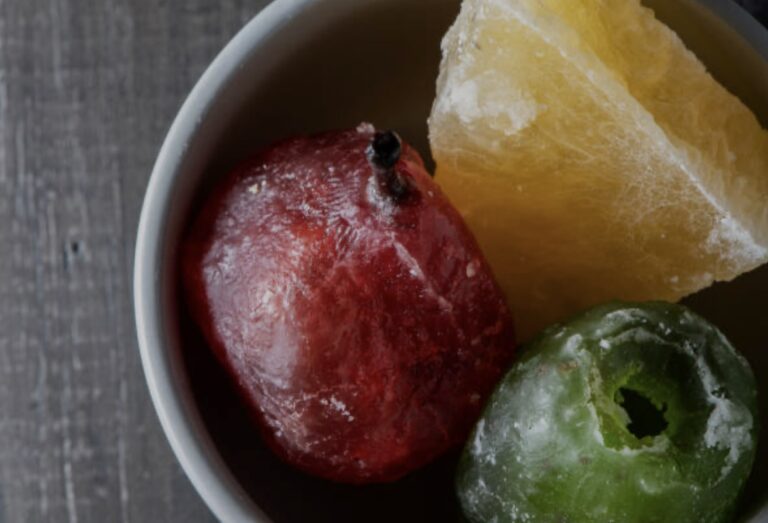
Understanding Monk Fruit Sweetener
Origins and Production
Monk fruit sweeteners are extracted from the fruit’s flesh after removing the skin and seeds. The fruit extract is dried into a powder that possesses a sweetness far exceeding that of standard sugar, without its caloric impact. Monk Fruit’s journey from a vine to your table involves drying and crushing the fruit to extract its sweetening agents, microsites, which are responsible for its sweetness and potential health benefits.
Historical use in traditional Chinese medicine
Historically, Monk Fruit has been used not just as a sweetener but also for its medicinal properties, believed to aid in respiratory ailments and digestive issues.
How monk fruit sweeteners are processed
The process of creating Monk Fruit sweetener involves removing the seeds and skin of the fruit, crushing it, and infusing the extract with water to refine the mogrosides, which give it a high sweetness level without the calories.
Health Benefits
Zero calories and glycemic index: Monk fruit sweetener does not contribute to caloric intake or raise blood sugar levels, making it suitable for diabetics and those watching their weight.
Potential medicinal properties: Beyond its use as a sweetener, monk fruit has been researched for its antioxidant and anti-inflammatory properties, though more studies are needed to understand its full benefits.
Taste Profile and Usage
Comparison to sugar in taste: Monk fruit has a unique sweetness, often described as more fruity than sugary, with no bitterness.
Common uses in foods and beverages: It is versatile and can be used in a range of products from beverages to baked goods, though its distinctive taste may need some getting used to.
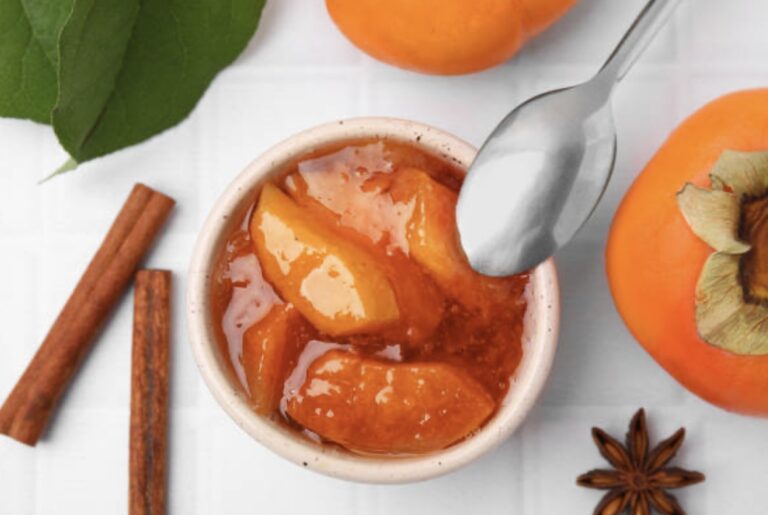
Understanding Stevia Sweetener
Origins and Production
Stevia is extracted through a process of harvesting, drying, and steeping the leaves of the plant, followed by filtering and purifying the extract to increase its sweetness and minimize the bitter aftertaste.
Stevia is derived from the leaves of the Stevia rebaudiana plant, with a centuries-long history in South America. Modern extraction techniques highlight its sweet components, namely steviol glycosides, without the bitterness of raw stevia leaves.
Health Benefits
The caloric content and its impact on blood sugar: Like monk fruit, stevia is a non-caloric sweetener and does not affect blood sugar levels.
Other health-related attributes and studies: Some studies suggest stevia may have additional health benefits, such as lowering blood pressure and blood sugar in people with diabetes, although more research is needed.
Taste Profile and Usage
Taste comparison with sugar and aftertaste considerations: Stevia is significantly sweeter than sugar and can have a bitter aftertaste, which some users find unpleasant.
Versatility in cooking and baking: Despite its aftertaste, stevia is heat stable, making it suitable for cooking and baking, but adjustment in quantities is necessary due to its intense sweetness.
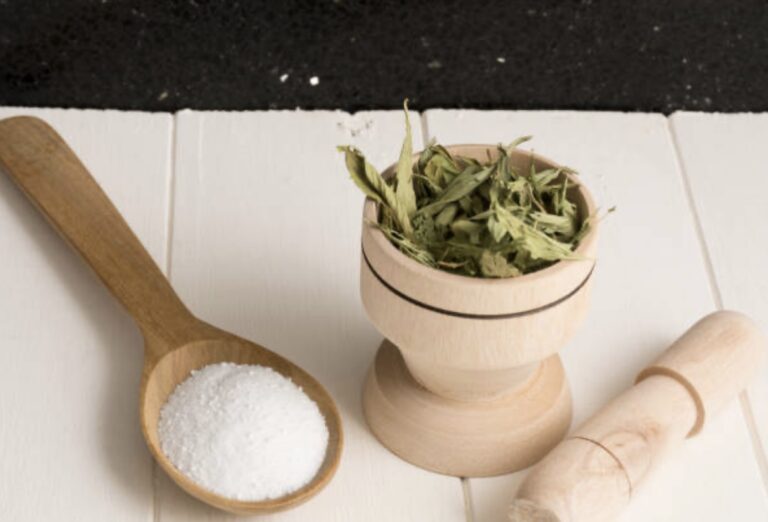
Comparative Analysis
Taste and Aftertaste
The preference between monk fruit and stevia often comes down to taste. Monk fruit is generally considered to have a more pleasant taste with less aftertaste than stevia, which some people describe as licorice-like aftertaste.
Health Implications
Both monk fruit and stevia offer significant health benefits, particularly for those looking to reduce calorie intake and manage blood sugar levels. However, as with any sweetener, moderation is key, and individuals should consult with healthcare professionals regarding their specific dietary needs.
Environmental and economic aspects
Sustainability of production methods: Stevia, being a herb, tends to have a lower environmental impact compared to the more intensively farmed monk fruit. However, both have their challenges in terms of water use and land use efficiency.
Cost comparison and accessibility to consumers: Generally, both sweeteners are more expensive than sugar, with monk fruit typically being the pricier option due to its more complicated extraction process and less widespread cultivation.
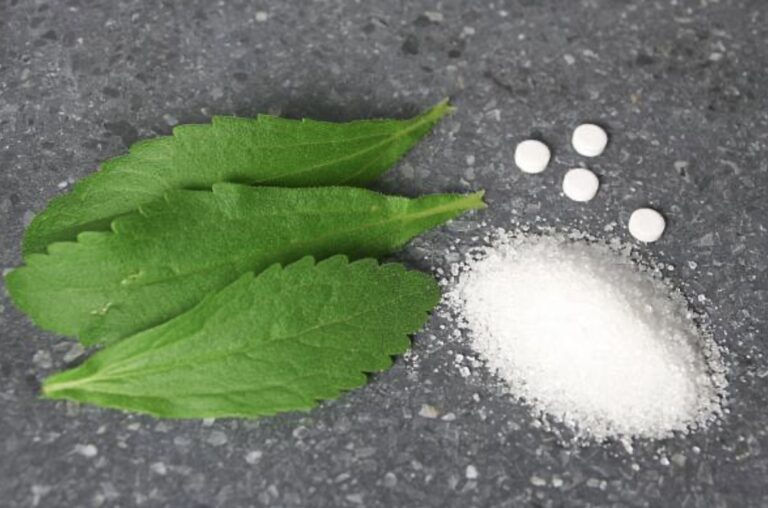
Consumer Considerations
Taste Preferences and Adaptation
Individual taste preference greatly influences the choice between monk fruit and stevia. Some may prefer the fruitier sweetness of monk fruit, while others might lean towards stevia for certain recipes despite its aftertaste.
Dietary Restrictions and Health Goals
Suitability for diabetes, weight management, etc.: Both sweeteners are excellent choices for those managing diabetes or weight, as they do not spike blood sugar or contribute significantly to caloric intake.
Discussing potential allergies and sensitivities: While rare, sensitivities to either sweetener can occur, making it important for consumers to listen to their bodies and choose accordingly.
Availability and Practicality
Regional availability of monk fruit The Sweet Debate: Monk Fruit vs. Stevia Sweeteners Unveiled
In a world where the quest for healthier lifestyle choices is more prominent than ever, the food we consume takes center stage. Central to this discussion is our collective sweet tooth and the alternatives that promise indulgence without guilt. Among the myriad of choices, two natural sweeteners, Monk Fruit and Stevia, have emerged as leading contenders. This comprehensive guide dives into the origins, benefits, and uses of both, helping you discern which might sweeten your life in the best possible way.
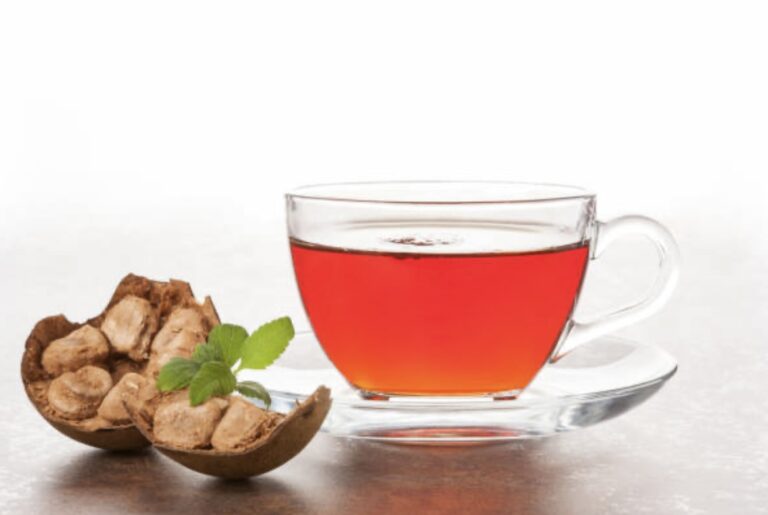
Monk Fruit and Stevia are front runners in the race to replace sugar with healthier alternatives. Your choice between the two should be informed by taste preference, health goals, and even environmental and economic considerations. As we strive towards a healthier future, understanding and embracing these natural sweeteners can be a small yet significant step in the right direction. Agave as a sugar alternative is also a great natural option…
The Not-So-Sweet Side of Stevia
We’ve looked at basic information for both monk fruit and stevia, but there is a cautionary tale to using the latter of the two. Stevia, derived from the leaves of the plant species Stevia rebaudiana, is often celebrated as a natural alternative to synthetic sweeteners and sugar. However, the journey from leaf to packet is more complicated than it seems, and the resulting product isn’t exempt from potential downsides.
The Process Matters
Firstly, it’s essential to understand that the stevia you find on supermarket shelves has undergone extensive processing. The sweet compounds, known as steviol glycosides, must be extracted and refined before they find their way into your pantry. This process raises questions about just how “natural” the final product truly is.
The Body’s Reaction
Blood Sugar and Insulin: While stevia doesn’t spike blood sugar levels directly, its intense sweetness can potentially trigger insulin release through taste receptor stimulation. For individuals closely monitoring their blood sugar or insulin levels, this could be a point of concern.
Gut Health: Emerging research suggests that non-caloric sweeteners, including stevia, could disrupt the gut microbiome’s balance, possibly impacting digestion and overall health.
Allergic Reactions: Although rare, there have been reports of allergic reactions to stevia, especially among those who have sensitivities to members of the Asteraceae family, such as ragweed.

Fertility and Hormonal Balance
Studies on animals have hinted at potential effects on fertility and reproductive systems after high consumption of steviol glycosides. While these effects haven’t been conclusively proven in humans, they underscore the importance of moderation and caution, particularly for individuals already facing hormonal imbalances or fertility issues.
Given these considerations, it’s clear that while stevia can be part of a balanced diet, it’s not a silver bullet for health and must be used judiciously. Here’s how you can enjoy the benefits of stevia while minimizing the risks:
Moderation is Key: Like anything in nutrition, balance and moderation are paramount. Enjoying stevia in small amounts is unlikely to be harmful, but it shouldn’t be a carte blanche to indulge.
Be Informed: Pay attention to labels and opt for brands that are transparent about their processing methods and ingredients. Knowing what you’re consuming is the first step to making informed choices.
Listen to Your Body: Everyone’s body reacts differently to dietary changes. If you notice any adverse effects after introducing stevia into your diet, consider scaling back or eliminating it altogether.
In the grand scheme of things, both stevia and monk fruit represent just one piece of the puzzle in the pursuit of health and wellness. While it can serve as a useful tool for reducing sugar intake, it’s not without its caveats. By approaching its use with a critical eye and an emphasis on moderation, you can navigate the sweetener landscape wisely, ensuring that your choices align with your body’s needs and your health goals. Remember, when it comes to dietary changes, caution and research are always your best allies.
Frequently Asked Questions
Both are significantly sweeter than sugar, but the sweetness level can vary based on the concentration and specific product formulations.
In moderation, both are considered safe for the general population. However, it’s always wise to consult with a healthcare provider if you have specific health concerns.
Yes, when used in moderation, both Monk Fruit and Stevia are deemed safe for children and pregnant women by health authorities.
By offering a sweet taste without calories, they can be effective tools in weight management when used as part of a balanced diet.
Yes, due to their negligible impact on blood sugar levels, both sweeteners are suitable for people with diabetes.


